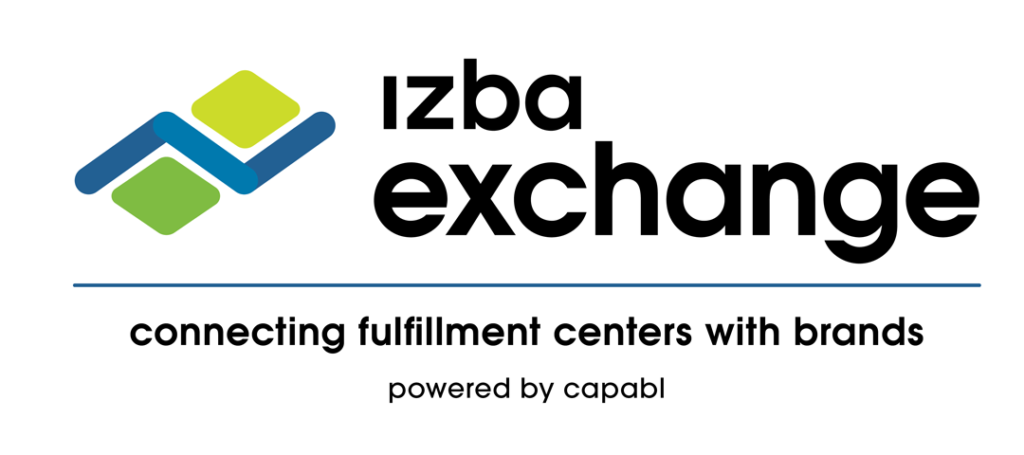This year roughly 2,700 venture backed companies will be formed (according to NVCA.org). Of those statistically half will fail outright, a quarter will return their investors money, leaving only a quarter who will be deemed a “success.”
Starting a business is hard and there are lots of people who are attracted to doing hard things, but few ever imagine that they will be in the majority of businesses who end up failing.
So why do so many end up failing? It’s rather quite simple.
They run out of money.
Even the best companies with the most innovative products and the noblest of visions will cease to exist if they can’t effectively manage their cash.

#1 They are surprised by their own success
I’ve met great companies who have put so much effort into honing their products and pitch decks and building up to a big launch that they forget to think through how they will have an efficient and repeatable business. To me this is the equivalent of parents who spend all of their time and effort figuring out how to have the perfect pregnancy and forget about all of the work that comes after the baby is born.
Thinking through supplier lead times, target inventory levels, expected demand patterns, and capacity early on can be the difference between having stock to sell to willing buyers and constraining your marketing budget by soaking up all of your cash in inventory. In capital intensive businesses (basically anything that has a physical good) there are dozens of stories of companies who went out of business with tens of millions of dollars of inventory in their warehouses.
#2 They have a limited view of their financing options
A dollar is a dollar right? Well not exactly. While your vendors don’t care about where you got the cash you certainly should. When most companies need money their go to is to raise more equity financing which is literally selling a piece of your future. There is a well known story of a graffiti artist who decorated facebook’s offices and opted to take their $60,000 payment in equity instead of cash. As a result they are worth over $200 million dollars today. That is one heck of a paint job!
While your company most likely won’t trade equity for equipment or inventory directly, you’re effectively doing the same through an intermediary (a VC). Debt financing is an often overlooked tool for startups even though big companies do this all the time. There are specific lenders out there who will finance things like inventory or equipment for relatively low rates. An even better strategy that we frequently help clients with is adjusting your order to cash cycle so that you effectively leverage your suppliers balance sheet to fund your business.
#3 They don’t know how to build a profitable business
There are quite a few ways that people can measure success. Some focus on the amount of money raised or the valuation of their last round. Others focus on topline revenue or user growth. Still others focus on the number of subscribers, followers, or their social mission. At the end of the day, there are really only three core metrics that investors judge companies by: Revenue, Profit Margin, and Cash Flow.
A viable business needs to pay attention to all three, but a business will prioritize them differently at different times. A young startup will most likely prioritize revenue while a company trying to sell itself may prioritize profit and another who is trying to acquire other companies may prioritize cash flow.
Some founders can become distracted by the perpetual fundraising circuit they are on in hopes of ever climbing valuations. We’ve found that the founders who are most focused on building their business for the long haul have the most potential options for exits over those whose primary focus is in selling their business.
I usually like to tell founders that supply chain is where ideas and ambitions meet reality and it’s important to understand that the supply chain you have today may not be what you need to meet tomorrow’s goals. Knowing when to think about rebuilding, when to renegotiate, and when to level up your systems and team is a key skill in being able to scale your business.
Thinking through supplier lead times, target inventory levels, expected demand patterns, and capacity early on can be the difference between having stock to sell to willing buyers and constraining your marketing budget by soaking up all of your cash in inventory. In capital intensive businesses (basically anything that has a physical good) there are dozens of stories of companies who went out of business with tens of millions of dollars of inventory in their warehouses.






1 thought on “Why do so many startups fail?”
Pingback: What is Fulfillment Optimization? How to Optimize the Order Fulfillment Process? - izba